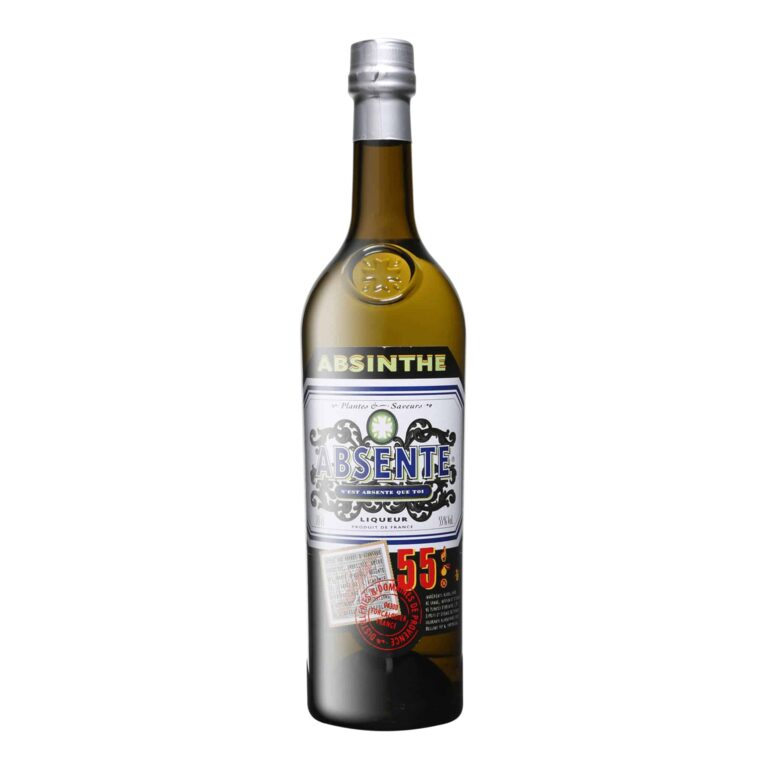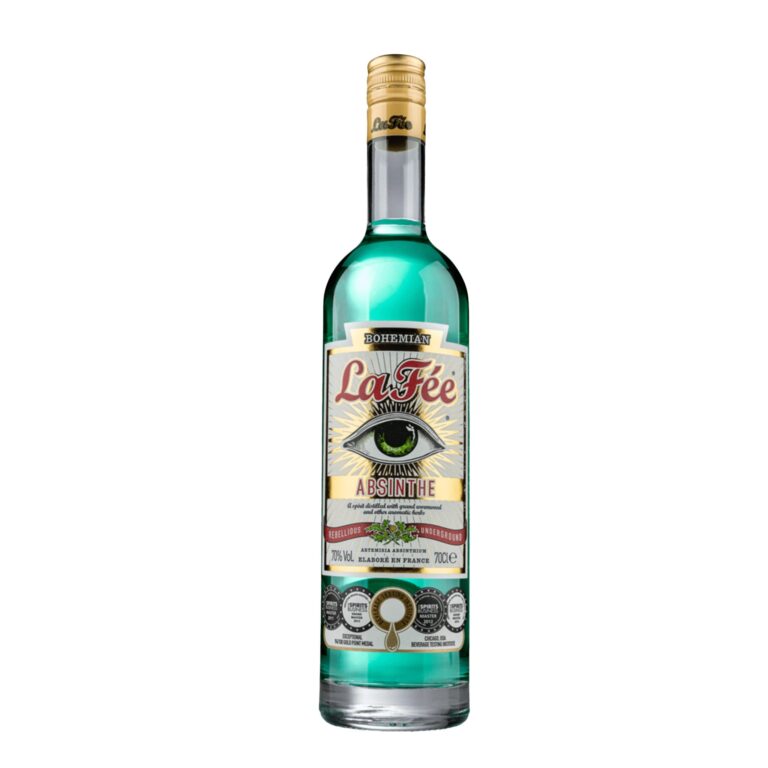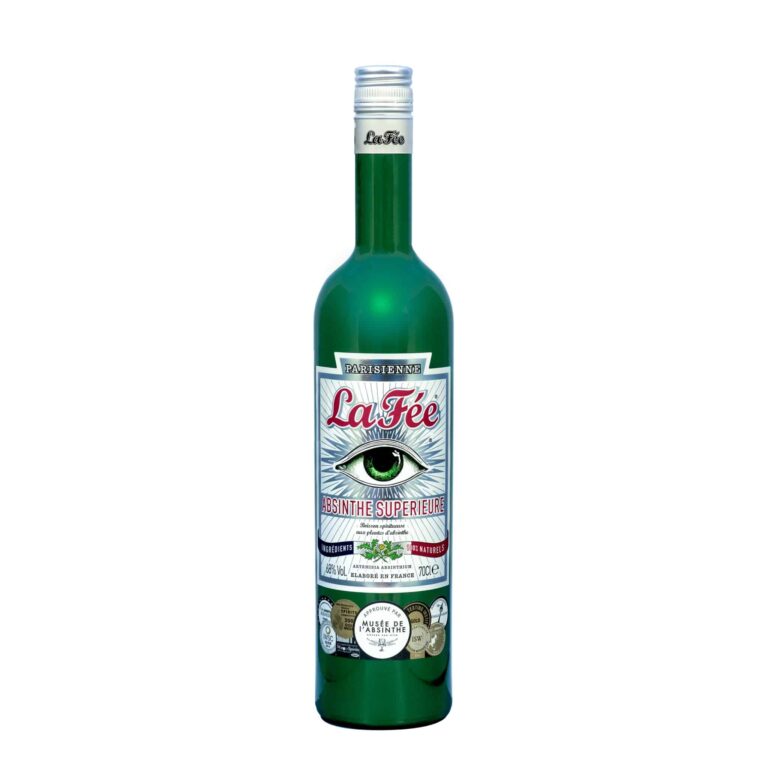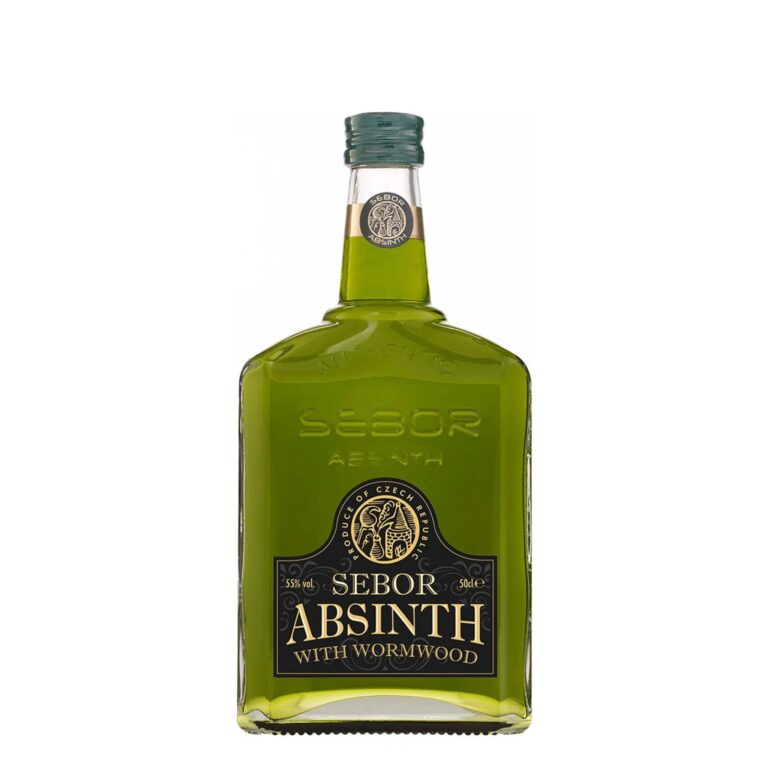Absinthe
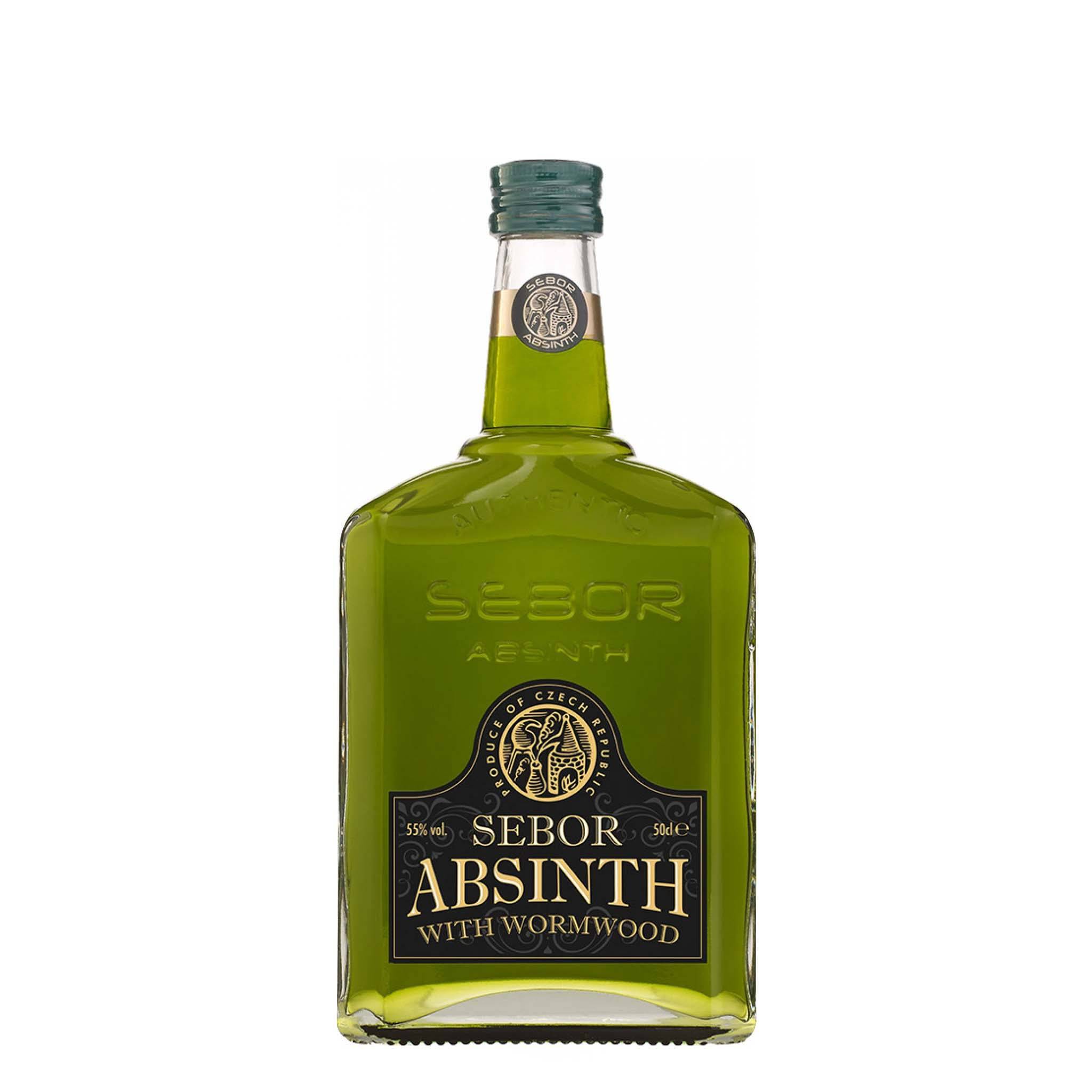
What Exactly Is Absinthe?
At its core, Absinthe is a high-proof natural spirit distilled with a distinct mix of botanicals– one of the most renowned being wormwood (Artemisia absinthium), anise, and fennel. These 3 types are what’s referred to as the “holy trinity” of Absinthe. Together, they produce a complicated, fragrant flavour that’s natural, a little bitter, and fantastically revitalizing when weakened with cold water.
Absinthe generally varies from 45% to 74% ABV, making it among the more powerful spirits readily available. But it’s not suggested to be banged or combined with soda– it’s a beverage to be enjoyed gradually, typically offered by trickling ice water over a sugar dice up until the fluid transforms a gloomy, milklike eco-friendly. That makeover is called the louche, and it belongs to the routine that makes Absinthe so fascinating.
A Brief (and Colourful) History
Few spirits have a backstory as remarkable as Absinthe’s. Born in Switzerland in the late 18th century, it gained popularity in 19th-century France, becoming a preferred among musicians, poets, and pundits. Figures like Van Gogh, Toulouse-Lautrec, and Oscar Wilde were notoriously keen on it.
But Absinthe’s expanding appeal stimulated panic amongst ethical radicals and red wine manufacturers, who criticized it for every little thing from chaos to ethical degeneration. By the very early 1900s, Absinthe was outlawed throughout Europe, including in France and Switzerland.
In truth, the hysteria was overemphasized– Absinthe had not been hallucinogenic or harmful when made effectively. Modern study has actually revealed that the offender had not been wormwood itself, but instead improperly made imitation absinthes which contained poisonous ingredients.
Fast- ahead to today, and Absinthe has actually been legal once more in the UK given that 1998, with lots of trustworthy distillers crafting genuine, top-notch variations that commemorate its rich history.
Why People Love Absinthe Today
Absinthe isn’t simply a beverage– it’s an experience. And that’s what attracts individuals to it. Here are a couple of reasons that Absinthe has actually gained brand-new followers throughout the UK:
- The Ritual— There’s something unique concerning preparing Absinthe the typical means– gradually trickling water over a sugar dice, viewing it transform over cast, and breathing in those natural fragrances. It’s introspective, nearly staged.
- The Flavour— Herbal, fragrant, and facility, Absinthe’s preference differs from any other spirit. The anise offers it a refined liquorice note, yet the wormwood and fennel include depth and equilibrium. It’s freshening when weakened effectively, not subduing.
- The Story— Drinking Absinthe seems like getting in touch with the background. It’s the same spirit that motivated painters, poets, and revolutionaries– which classic romanticism remains in every glass.
- The Strength— There’s no refuting absinthe’s strength, yet when weakened properly, it comes to be smooth, nuanced, and remarkably stylish.
Absinthe in the UK: A Modern Revival
In the last years, the UK has actually seen a peaceful yet constant absinthe renaissance. Craft distilleries from Cornwall to Scotland have actually started trying out small-batch absinthes, frequently placing their own spin on the traditional formula.
You’ll currently discover every little thing from typical verte (green) absinthes to blanche (clear) and red absinthes made with hibiscus or other botanicals. Bars throughout London, Manchester, and Edinburgh are reestablishing absinthe mixed drinks– from the renowned Death in the Afternoon (sparkling wine and Absinthe, produced by Hemingway) to modern-day reinterpretations that highlight its natural depth.
And many thanks to online stores, it’s never ever been much easier to purchase Absinthe in the UK, whether you’re trying to find an imported French traditional or an in your area distilled craft container.
Choosing Your First Absinthe
If you’re brand-new to Absinthe, the option can appear daunting– there are lots of containers, each appealing reputation and virtuosity. But do not stress; right here’s what to seek when selecting your initial container:
- Authenticity— Look for absinthes made with genuine wormwood (Artemisia absinthium), anise, and fennel. These are the trademarks of a real absinthe. Avoid synthetically coloured or flavoured variations marketed merely for uniqueness.
- ABV— Most absinthes drop in between 55% and 70% ABV. Dont be terrified of the stamina; it’s suggested to be weakened with water. For novices, something around 55– 60% is excellent.
- Colour— Traditional absinthes are normally eco-friendly (verte) or clear (blanche). The colour ought to originate from all-natural botanicals, not food color.
- Origin— Some of the very best absinthes originate from France, Switzerland, and, significantly, the UK. Try brand names that highlight typical purification techniques and all-natural components.
- Taste Preference— If you take pleasure in natural or a little licorice flavours, you’ll enjoy Absinthe. If not, seek milder or citrus-infused variations.
A great beginning factor for UK purchasers may be brand names like La Coste Absinthe Parisienne, Pontarlier Anis, or Devon Distillery’s UK-made Absinthe, all readily available online with trustworthy stores.
The Ritual: How to Serve Absinthe Properly
Drinking Absinthe is as much about the routine as the preference. Here’s the traditional technique:
- Pour a Measure— Add concerning 30ml of Absinthe right into a glass.
- Place a Sugar Cube on a Slotted Spoon— Rest it over the top of the glass.
- Slowly Drip Ice Water Over the Sugar— Traditionally, this is made with a water fountain, yet a container or container functions penalty. Aim for a proportion of 1 component absinthe to 3– 5 components water.
- Watch the Louche— As the water strikes the Absinthe, it transforms overcast, releasing the fragrances and flavours.
- Sip Slowly— Enjoy the natural arrangement and the layers of flavour that develop as you consume alcohol.
It’s a routine that welcomes you to reduce and indulge in the minute– a tiny item of living background in your glass.
The Main Types of Absinthe
While all real absinthes share the exact same vital botanicals– wormwood, anise, and fennel– they can differ in colour, flavour strength, and manufacturing technique. Here are the major groups you’ll stumble upon:
1. Verte (Green Absinthe)
The most typical and renowned kind, Verte Absinthe obtains its colour normally from natural herbs included after purification, such as hyssop, lemon balm, and small wormwood. This post-distillation maceration not only offers that renowned eco-friendly tone but also includes layers of fresh, natural intricacy.
Flavour- sensible, verte Absinthe tends to be vibrant, robust, and a little verdant– excellent for those that take pleasure in abundant, fragrant spirits. If you’re visualizing something that really feels quintessentially “absinthe,” this is it.
Recommended for: Traditionalists, collection agencies, or any individual wishing to experience Absinthe as it was appreciated in 19th-century France.
2. Blanche (White or Clear Absinthe)
Also referred to as la bleue, blanche absinthe avoids the colouring action completely. The result is a crystal-clear spirit that’s a little lighter and cleaner on the taste buds, frequently with a more powerful focus on anise and fennel instead of natural resentment.
These are terrific for novices or for mixed drinks where you desire the personality of Absinthe without subduing the other components.
Recommended for: Newcomers to Absinthe, mixed drink lovers, or those who like a softer, smoother flavour.
3. Red Absinthe
An even more modern-day development, red Absinthe generally obtains its tone from hibiscus or various other botanicals. While not typical, it’s ended up being preferred for its striking look and fruity touches.
Some red absinthes utilize all-natural colouring and cost botanicals, while others depend on man-made dyes– so inspect the components if credibility issues matter to you.
Recommended for: Adventurous enthusiasts who take pleasure in trying out flavours or discussion.
4. Flavoured or Infused Absinthes
In recent years, distillers have actually been trying out imaginative mixtures– think citrus, mint, or flower notes layered right into the typical dish. These can be enjoyable to check out, particularly for those who discover the traditional liquorice-forward flavour a little bit too solid.
Recommended for: Casual enthusiasts or those trying to find a distinct spin on the typical absinthe experience.
How to Store Absinthe Properly
Once you have actually purchased a container, storage space is easy yet vital. Unlike red wine, Absinthe does not require “breathing” or age– it’s ideal to be fresh.
- Keep it out of direct sunshine— Light can deteriorate the all-natural colour and flavour over time.
- Store it upright— To avoid the cork from weakening.
- Avoid temperature level extremes— A great, dark cabinet is excellent.
- Seal snugly— Oxygen can slightly change the flavour if exposed for months.
A correctly saved container can last for many years without shedding its beauty.
Frequently Asked Questions About Absinthe
1. What does absinthe preference like?
Absinthe has a complicated, natural flavour– a little bitter with solid notes of anise (comparable to liquorice) and fennel, stabilized by various other botanicals. When weakened, it becomes smooth, fragrant, and revitalizing.
2. Is Absinthe lawful to purchase in the UK?
Absolutely, Absinthe is totally legal and commonly available from trustworthy UK stores both online and in shops.
3. What’s the very best way to consume alcohol absinthe?
Traditionally, Absinthe is offered by gradually trickling ice water over a sugar dice positioned on a slotted spoon, permitting it to louche (transform overcast). Aim for a proportion of one component of Absinthe to 3 to 5 components of water.
4. Does Absinthe spoil?
Not actually. It does not ruin like red wine or beer, yet its flavour can discolor if saved poorly or subjected to sunshine for extended periods.
5. How solid is Absinthe, contrasted to various other spirits?
Most absinthes vary between 55% and 74% ABV, making them more powerful than gin, rum, or whisky. But given that it’s weakened prior to alcohol consumption, the last glass is similar in stamina to a regular mixed drink.
Final Thoughts: The Green Fairy Awaits
Absinthe has actually taken a trip a long, winding roadway– from the cafés of Belle Époque Paris to the benches and kitchens of modern-day Britain. It’s a beverage of oppositions: solid yet fragile, bitter yet stunning, strange yet totally available once you comprehend it.
For any individual interested in spirits with depth, heritage, and personality, Absinthe is entitled to a position on your rack. The trick is to pick carefully, consume alcohol gradually, and take pleasure in the routine.
Whether you purchase a container online tonight or look for one out in your regional store, you’re not simply purchasing a spirit– you’re welcoming an item of history right into your glass.

